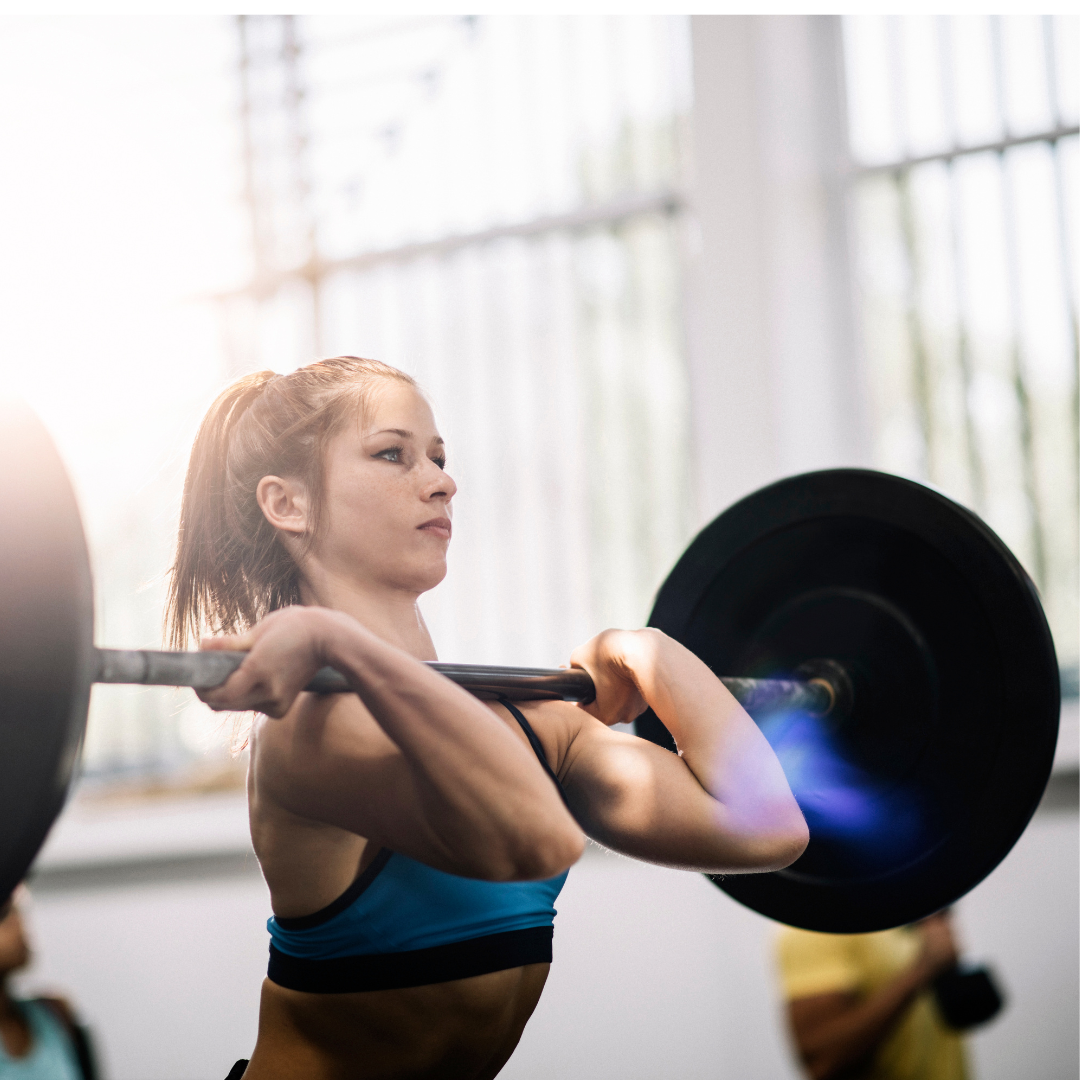Olympic lifting belts have become synonymous with power and strength in the world of weightlifting. As athletes strive to push their limits, these belts have become essential tools for both amateurs and professionals.
Let's delve into the history and significance of Olympic lifting belts, exploring their purpose and shedding light on the ongoing debate surrounding their use.
Purpose of Olympic Lifting Belts
One might wonder, why the need for an extra accessory in weightlifting? The primary purpose of Olympic lifting belts lies in providing support and stability to the lifter.
By cinching around the waist, these belts offer a level of compression that aids in maintaining proper posture during heavy lifts. Moreover, they play a crucial role in preventing injuries, especially to the lower back.
How Olympic Lifting Belts Work
At the core of their functionality is the support they offer to the lifter's midsection. The compression technology embedded in these belts helps increase intra-abdominal pressure, stabilizing the spine and reducing the risk of injury. It's not just about aesthetics; it's a science-backed strategy to enhance performance and safety.
Key Specs for Lifting Belts in Weightlifting Competitions
Olympic weightlifting belts must adhere to stringent criteria outlined by the International Weightlifting Federation (IWF). These requirements, considered the gold standard, are widely adopted by international weightlifting associations.
Belts from any reputable manufacturer are acceptable such as SBD, provided they meet the following criteria:
- The belt's width should not exceed 12cm (4.75 inches).
- The belt must be worn on the outside of the lifter's costume, typically a singlet.
Proper Technique in Using Olympic Lifting Belts
The proper technique in using Olympic lifting belts is an essential aspect of elevating your weightlifting game. These belts, designed to enhance stability and support during lifts, can significantly impact your performance when worn correctly. Let's delve into the nuances of using Olympic lifting belts with precision.
Placement on the Body
Begin by positioning the belt around your midsection, just above your hips. The lower back, where the belt rests, is a focal point. Ensure that the belt sits snugly, providing support to the lumbar region without impeding your natural range of motion. Finding the sweet spot is crucial for maximizing the benefits of the belt.
Adjusting Tightness
Achieving the right tightness is a balancing act. Tighten the belt enough to create intra-abdominal pressure, a key factor in stabilizing the spine during heavy lifts. However, avoid over-tightening, as this can hinder your ability to breathe deeply, compromising your overall performance. Experiment with different levels of tightness during warm-ups to find the optimal setting for your comfort and support.
Integration with Proper Form
Remember, the belt is not a substitute for proper form; it's a complement. Focus on mastering the fundamental techniques of your lifts before incorporating the belt. The belt should enhance your form, not compensate for deficiencies. Pay attention to your posture, grip, and movement patterns, ensuring that the belt supports a foundation built on solid technique.
Utilizing Core Support
Olympic lifting belts are most effective when engaged with the core muscles. As you lift, actively contract your abdominal muscles against the belt. This engagement contributes to increased intra-abdominal pressure, adding an extra layer of stability to your spine. A conscious effort to involve your core ensures that the belt becomes an integral part of your body mechanics.
Applying Compression Technology
Understand the science behind the belt's design. Compression technology is at the heart of its functionality. As you tighten the belt, it compresses the abdominal cavity, providing a supportive structure for the spine. Acknowledge this mechanism and use it to your advantage. The belt should feel like an extension of your body, working in harmony with your movements.
Adaptation Period
Introduce the use of Olympic lifting belts gradually into your training routine. Allow your body to adapt to the additional support. Start with lighter loads and familiarize yourself with how the belt influences your lifts. Over time, as you gain confidence and experience, gradually incorporate the belt into heavier lifts.
Consistency is Key
To reap the full benefits of Olympic lifting belts, consistency is paramount. Make the use of the belt a regular part of your training regimen, especially during intense or maximal effort sessions. Consistent application ensures that your body becomes accustomed to the support provided, contributing to increased confidence and improved performance over the long term.
In summary, mastering the proper technique in using Olympic lifting belts is a journey of understanding your body and its unique needs. By integrating the belt seamlessly into your lifting routine, paying attention to placement, tightness, and form, you can unlock the full potential of this valuable tool in your pursuit of strength and excellence.
Recommended Lifting Belt
Now that you know more about olympic lifting belts and their benefits, if you're looking for a high quality lifting belt then look no further than our SBD Belt.
The 13mm SBD Lever Belt
The classic SBD Belt. A high quality 13mm lever belt featuring a patented gliding lever, providing the adjustability of a prong belt with the ease and tightness of a lever belt.
Ideal for sizing up or down whenever you need during training sessions and competitions. Perfect for beginners or seasoned lifters.
Conclusion
In conclusion, Olympic lifting belts are more than just pieces of equipment; they are tools that empower lifters to surpass their limits safely. Understanding their purpose, debunking myths, and embracing proper usage are key to unlocking their full potential. Make an informed decision based on your unique needs and elevate your lifting experience.
FAQs
-
Can wearing a belt lead to dependency? When used appropriately, dependency is unlikely; belts should complement, not substitute, proper form.
-
Do all athletes benefit from using Olympic lifting belts? It varies. Some find significant benefits, while others may not require them depending on their lifting style and body mechanics.
-
Are nylon belts as effective as leather belts? Both have their merits; the choice depends on personal preference and comfort.




